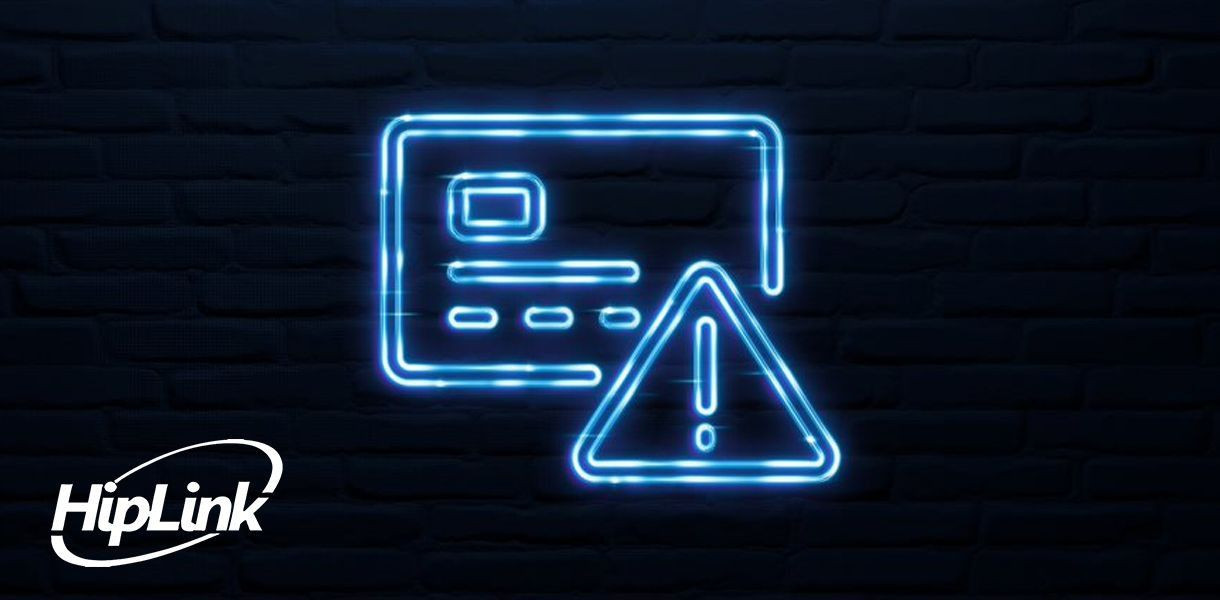Alert fatigue is a phenomenon in which users of alarm systems become desensitized to the numerous warnings they receive. Here are some common examples of workers affected:
-
Emergency responders
-
Healthcare providers
-
Security personnel
People may become so overwhelmed that they ignore or fail to respond appropriately to critical alerts. This can lead to poor event management, which can negatively impact the ability to uphold service level agreements. Fortunately, there are ways to mitigate alert fatigue to ensure that workers react appropriately.
Causes of Alert Fatigue
Alerts have become more prevalent as companies look for new ways to integrate systems and generate data. But, workers are now suffering from alert fatigue. Before you address the problem, you first need to understand what may cause it. Here are some of the most significant contributions.
1. Too Many False Alarms
One study found that up to 99% of clinical system alarms are false. When systems in any industry generate too many false positives, personnel may become desensitized to warnings and start ignoring them altogether. Workers might also mentally process drills as false alarms, especially in corporate environments and schools.
2. Unclear Alerts
If alerts are vague or hard to understand, people may be unable to make sense of them quickly enough and resort to disregarding them instead. Ambiguous alerts could also cause workers to take the wrong actions, which only worsen matters. Poor configuration often lies at the heart of this problem.
3. Repeated Alerts
When systems generate frequent alerts for the same issue, workers may become desensitized to the warnings or miss more severe problems due to their focus on the repeated warnings. One study found that people's attention to the follow-up alarm drops by 30% for each one that comes in next. That can cause other critical alerts to get lost in the shuffle.
4. No Alert Prioritization
When systems do not prioritize alerts, workers may be overwhelmed by a flood of warnings with no context or direction as to which ones are most important. This could lead people to miss critical alerts entirely. Prioritization is crucial when multiple emergencies converge.
Solutions for Alert Fatigue
Considering the risks of alarm fatigue, companies should take active steps to reduce the possibility of it happening. Consider the following solutions and see what applies to your business operations.
1. Streamline Alerts Based on Severity
Assign varying levels of severity to different warnings, ranging from low to high-priority messages. They should also clearly mark the different types. This allows personnel to focus more on the most critical alerts. It also reduces the risk of high-priority warnings getting lost in the mix of low-priority ones.
2. Adjust Alert Thresholds
Modify alert thresholds so that only significant discrepancies or problems trigger a warning. Too many false positives may desensitize personnel to warnings, so adjust the thresholds accordingly. This is also the point when companies should consider the frequency of messages. For example, hourly alerts on the same problem, even critical issues, could feel like overkill.
3. Provide More Context
This could include a link to a page with a short description of the issue and any relevant data points or links to further information. Such context allows personnel to understand the problem and act accordingly. Separating it from text messages and other short forms of communication reduces the clutter.
4. Choose Managed Services for Alert Management
Managed services can help with alarm management by taking the burden of monitoring and responding to alerts off your personnel's shoulders. They provide a streamlined dashboard where personnel can quickly assess the severity of an issue and take appropriate actions. All updates are sent directly to the relevant staff, so they don't need to check multiple systems for new alerts.
5. Use Automated Alert Systems
Automated alert systems can reduce employee workload by taking over the alerting process. They use machine learning algorithms to prioritize alerts based on severity and send the information directly to the relevant personnel. This allows workers to focus on more important tasks instead of manually checking for system updates.
6. Provide Training on Alarm Management
Provide workers with regular training on alarm management and how to interpret alerts quickly and accurately. Employees should know when it's appropriate to contact other teams or take quick action in response to an alarm. Ensuring everyone understands the importance of promptly addressing alerts helps reduce the risk of desensitization and missed warnings.
7. Ensure Quality Control
This includes regular reviews and updates of existing alarms so that workers don't have to deal with outdated or irrelevant messages. Quality control also involves closely monitoring data trends and changes and using that information to set alert thresholds. Companies should also standardize alert templates to reduce confusion when dealing with multiple alarms.
8. Establish Ways To Collect Feedback
Many companies fail to collect personnel feedback on how they respond to alarms. Establishing a way for workers to provide input helps ensure the alert system is working correctly. People should feel encouraged to speak up if they think an alarm isn't necessary or could benefit from some adjustments. Companies should actively seek input from all teams and use it to improve the alert system.
How Alarm Fatigue Can Affect SLA Failure
Service level agreements ensure customer service and satisfaction. However, alarm fatigue can negatively impact the ability to uphold promises made in the SLA. Personnel may miss critical alerts due to a lack of focus or become desensitized to warnings over time. A quality alert management system reduces the risk of missed alarms and helps maintain good customer service levels.
Companies stand a better chance of preventing SLA failure when they thoroughly understand the causes and solutions. Our team at Hiplink has done the research and compiled an eBook with all the necessary information. Use our eBook to craft an effective alert management strategy for your organization.



